For a second straight winter, snow lovers in New York City were left wanting more. The city saw more snowfall than last year, when it saw the least on record, but it was far below average.
Let's take a look at the numbers.
What You Need To Know
- This winter was the fifth warmest on record
- Snowfall this winter was less than 8 inches
- The average snowfall for a New York City winter is near 30 inches
- Last winter was the least snowiest and second warmest on record
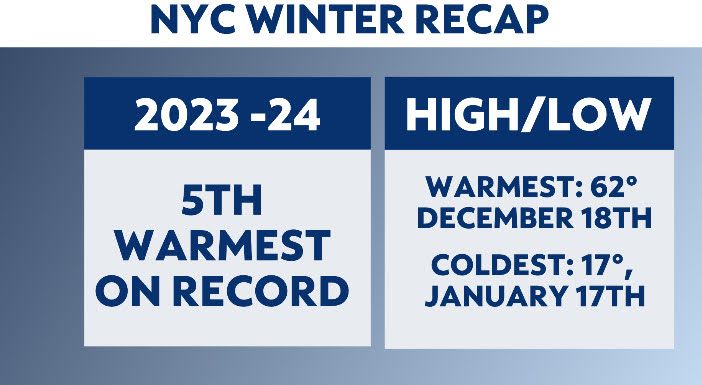
We had a total of 7.5 inches of snow for the whole winter. On Feb. 13, we broke a record streak of 700 days without seeing a 1 inch or greater snowfall.
A total of 3.2 inches of snow were recorded in Central Park. Three days after that snowfall, we had a 2 inch snowfall that prompted the rare occurrence of a remote learning day for public schools.
The average snowfall for a New York City winter is around 30 inches. Looking at the past five winters, snowfall totals have varied greatly, from a low of 2.3 inches to a high of 38.6 inches.
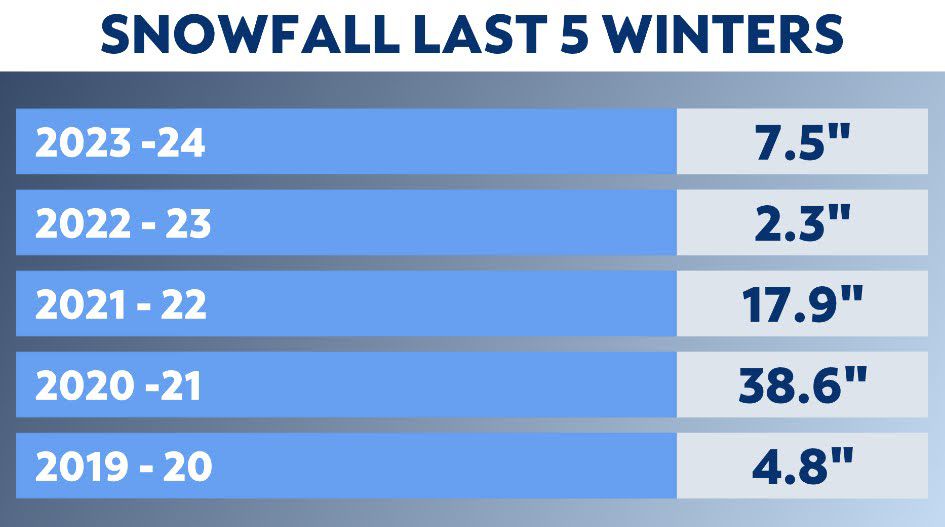
The cold was on hold for much of this past season. Overall, this winter ranked as the fifth warmest for New York City in the past 156 years.
Last year ranked as the second warmest, and four out of the top five warmest winters have all happened since 2000. The coldest temperatures was 17 degrees on Jan. 17 and the warmest day was on Dec. 18, when readings reached 62 degrees.
Much of the reason for our warm and rainy winter was that the weather phenomena El Niño was in effect. This warming of the waters off the coast of South America is a well-tracked cyclical occurence that impacts weather patterns worldwide.
Typically this will mean a soggy and mild winter season for New York City, which is what we saw this year. Climate change may have played a role in our winter weather, but climate change is measured more in decades than seasons.
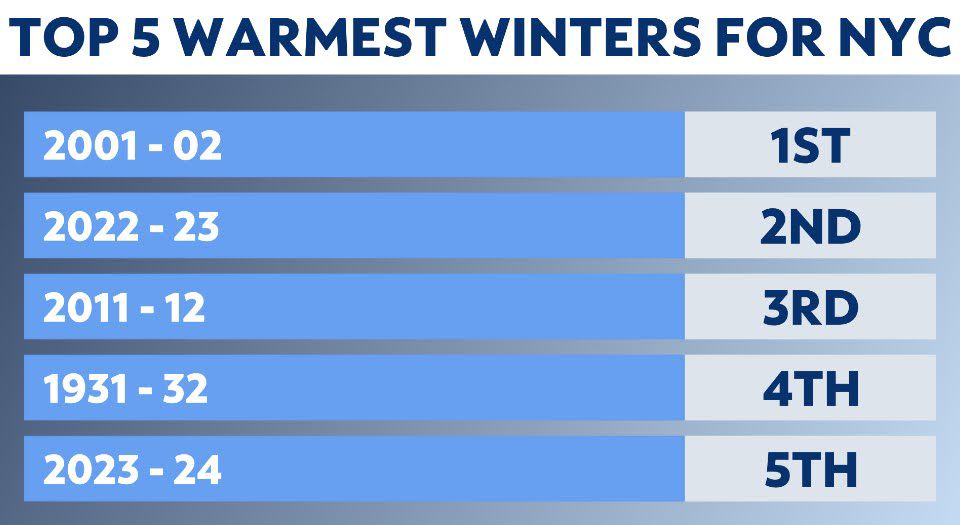
Long-range outlooks aren't always that accurate, but let's talk about the National Weather Service outlook for the months of March, April and May. These are the month that make up meteorological spring. The outlook is for mild and wet conditions. Temperatures are forecast to be above average, and so is rainfall.
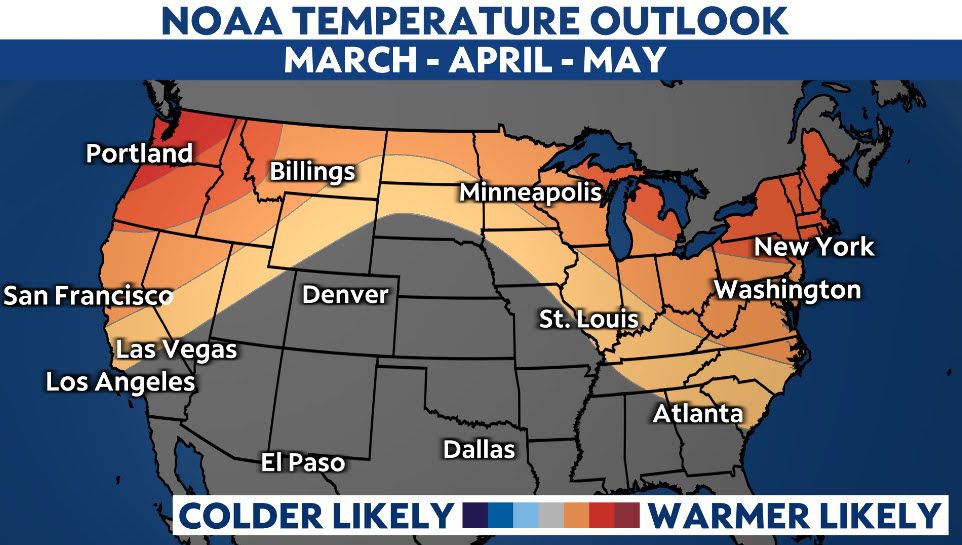
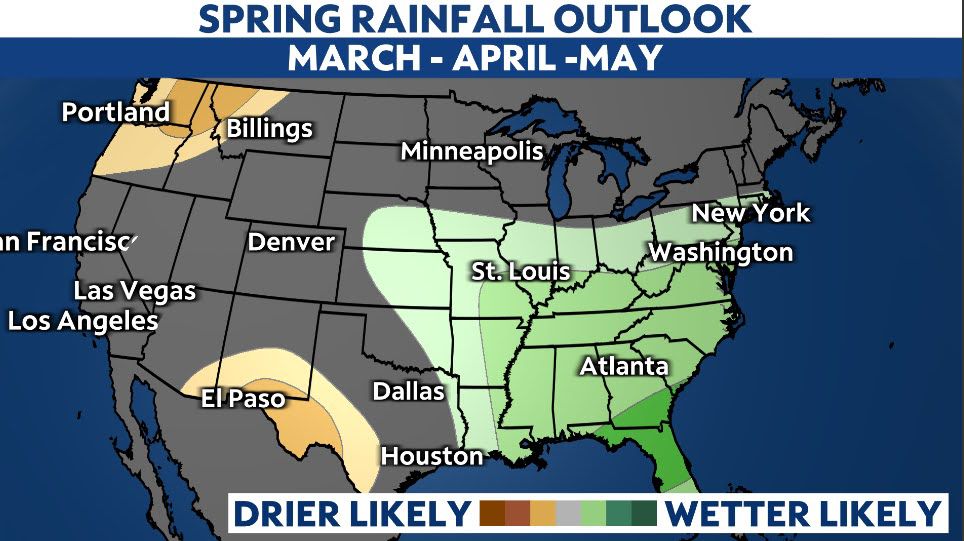
Our team of meteorologists dives deep into the science of weather and breaks down timely weather data and information. To view more weather and climate stories, check out our weather blogs section.









